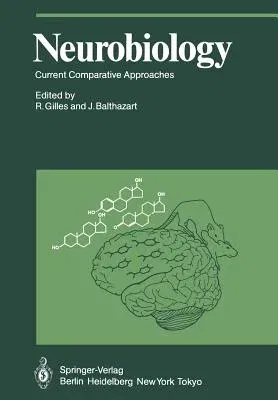Neurobiology: Current Comparative Approaches (Softcover Reprint of the Original 1st 1985)Paperback - Softcover Reprint of the Original 1st 1985, 14 May 2012

Qty
1
Turbo
Ships in 2 - 3 days
In Stock
Free Delivery
Cash on Delivery
15 Days
Free Returns
Secure Checkout
Part of Series
Proceedings in Life Sciences
Print Length
416 pages
Language
English
Publisher
Springer
Date Published
14 May 2012
ISBN-10
3642876013
ISBN-13
9783642876011
Description
Product Details
Book Edition:
Softcover Reprint of the Original 1st 1985
Book Format:
Paperback
Country of Origin:
NL
Date Published:
14 May 2012
Dimensions:
24.41 x
16.99 x
2.26 cm
ISBN-10:
3642876013
ISBN-13:
9783642876011
Language:
English
Location:
Berlin, Heidelberg
Pages:
416
Publisher:
Series:
Weight:
694 gm

